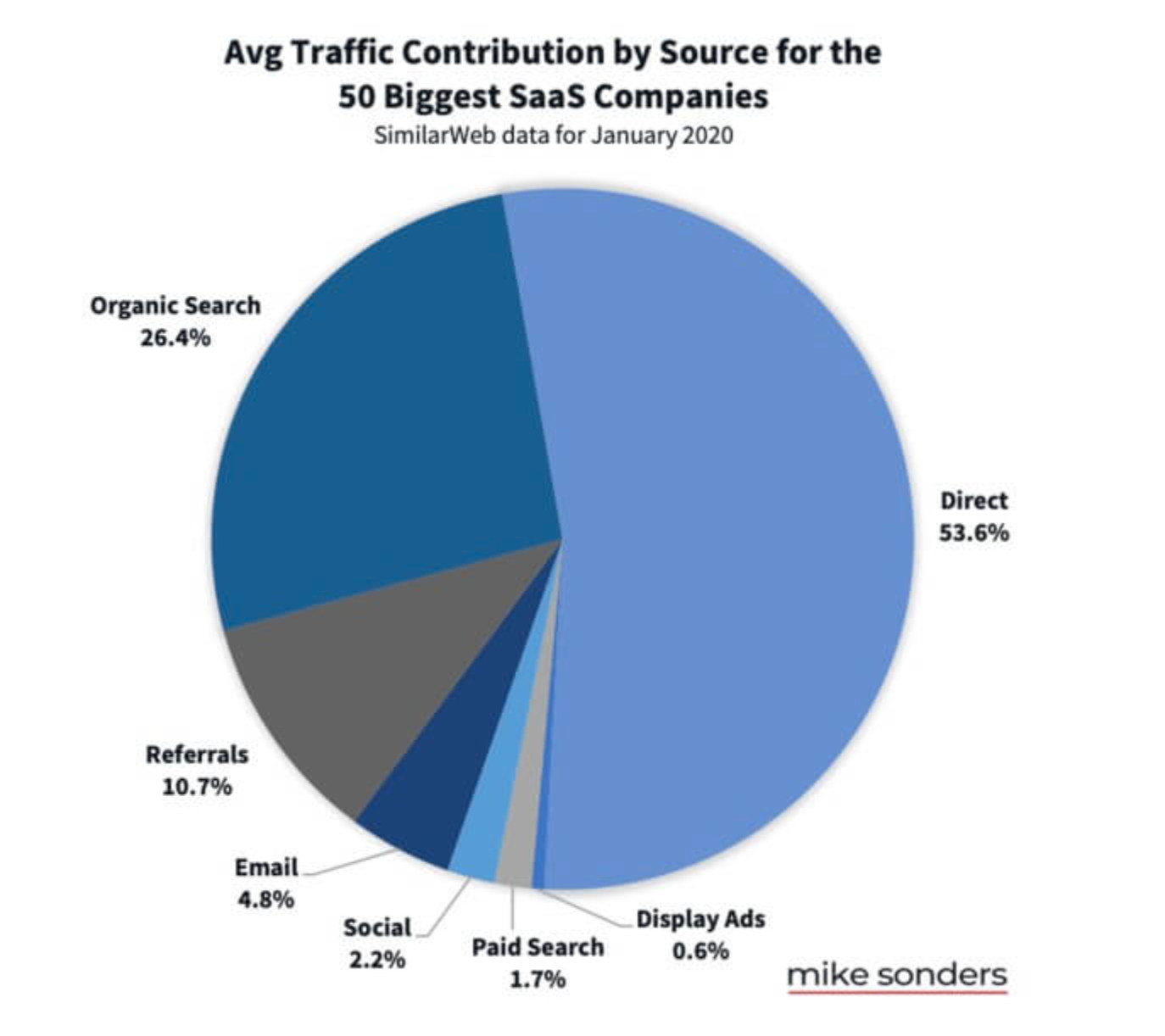It appears that SaaS blogs have a serious problem with their content being ripped off and republished.
In fact, 60% of blog articles from 50 top SaaS companies are no longer unique to their site. That’s according to a new study of over 52,000 blog pages those brands.
In its study, PlagiaShield also discovered a few interesting insights about the types of content these top SaaS blogs are publishing:
- The average blog post length was 2,200 words.
- The median word count was 1,050 words.
- For those non-unique pages, 54% of the text could be found elsewhere on the web.
- The typical SaaS blog post had 1,600 potential thieves.
It’s worth noting that the study referred to these republished/duplicate posts as taken by “potential” thieves.
This is because the reprints included articles that had been fully plagiarized but also those where a few sentences had been copied, or the blog post had been distributed by authorized partners.
What’s the Risk of Having Your Blog Content Plagiarized?
While Google’s Gary Illyess has previously specified that duplicate content across websites isn’t a problem as long as the correct canonicals are set up, content thieves are highly unlikely to follow this rule.
Not only that, thieves are taking the costs associated with the creation of your content (time, research, quality writers, etc.) and using it to:
- Increase the visibility of their brand.
- Grow their authoritativeness.
- Potentially scam other people.
- Potentially duplicate your site to spread viruses.
And more.
Stolen Content Can be a Significant Issue for SaaS Companies
Paid advertising requires a considerable budget if companies want to target relevant SaaS search terms.
As a result, SEO is often used to fill in the gaps where paid costs are too high.
Additionally, blog content accounts for a significant portion of traffic generation for top SaaS companies:
This could be higher if thieves weren’t stealing your content and, by extension, your audience.
As the study noted, there are plenty of legitimate reasons your content could appear elsewhere online, including:
- PR distribution websites.
- Podcast directories using your episodes’ description.
- Medium, LinkedIn or other articles from employees that you republished.
- Guest posts you wrote using large parts of existing blog posts.
When Content Theft Kills Your Business
Many consider content theft as a mere inconvenience or something that can’t be helped. However, it can cause actual harm.
Jeremy Mauboussin, founder of PlagiaShield, explained that it was actually a friend who inspired him to look into the issue of plagiarism of brand content. Jeremy was working in agricultural engineering at the time.
His friend had spent years cultivating a website with 2 million site users per month. He had put a lot of time and effort into creating high-quality, long-form content.
In 2019, in the space of one day, he lost 70% of his traffic as well as rankings and revenue.
Mauboussin built PlagiaShield as a means to see if the sudden downturn was due to content theft. And after using the tool to ascertain what content had been stolen and by whom, his friend was able to work to get the stolen copy taken down.
How To Turn Content Theft Into SEO Benefit
There are three popular opinions when it comes to handling stolen content:
- Ignore it.
- Ask them to take it down.
- Contact the server that hosts the domain.
Automating the process of scanning the web for plagiarized content and identifying who reprinted it gives you an additional three options:
- Ask for remuneration.
- Demand a backlink.
- Submit a DCMA to Google.
It also enables you to see which reprints are legitimate. This ability to filter out syndicated pieces, licensed reprints, properly cited passages of text, etc. lets you focus on the instances where your content is being used without permission. Then you can…
Ask for Remuneration
When PlagiaShield scans for stolen copy, it pulls out the contact information for the webmaster/owner, their server provider, and more.
The tool also stores email templates so requests for remuneration can be sent in minutes.
If you request that the content be removed and compensation paid but the thief responds by only removing the content, you haven’t lost anything. But you do have the potential to gain a lot more.
Demand a Backlink
An alternative option is to specify that they are allowed to keep the content they stole, but only if they cite your brand as the author and provide a backlink to your site.
This option must be taken with caution, though. You don’t want hundreds of low-quality websites pointing to your brand.
Analyze the quality of the website to ascertain whether this is a route you want to take.
Leverage the information pulled by the tool to reduce the time spent on this task.
It’s also a great way for agencies to build quality backlinks to their client websites without having to spend a massive amount of time finding potential websites, contacting them, and then creating unique content.
Submit a DCMA Takedown Request to Google
An option in Google Search Console allows you to submit a request for Google to remove the URL that hosts your stolen content from the search results.
The problem is that these can be frustrating and time-consuming to complete. For each one, you must include:
- The URL of the infringing content.
- Outline how you know the content is stolen.
- Exact quotes of the stolen content.
That’s a lot of time spent digging around and gathering evidence.
Automating the gathering of this information on your behalf and completion of the form reduces the time spent creating and submitting this request to mere minutes.
It enables you to scale your efforts to protect your brand’s content.
There is enormous value in high-quality content, and sadly, I can’t envision a day where writers and brands will be safe from thieves.
But you may be able to reap some compensation in the form of remuneration or backlinks.
Sources:






